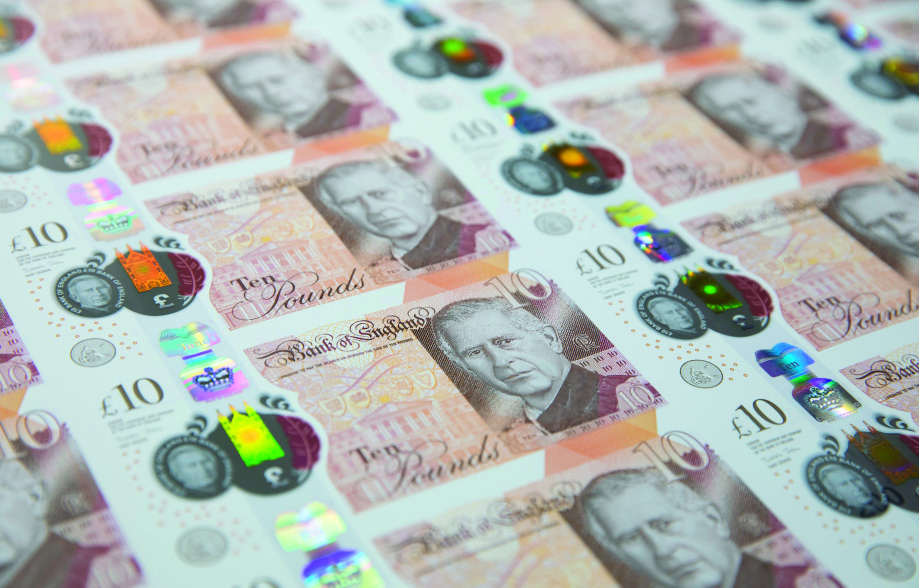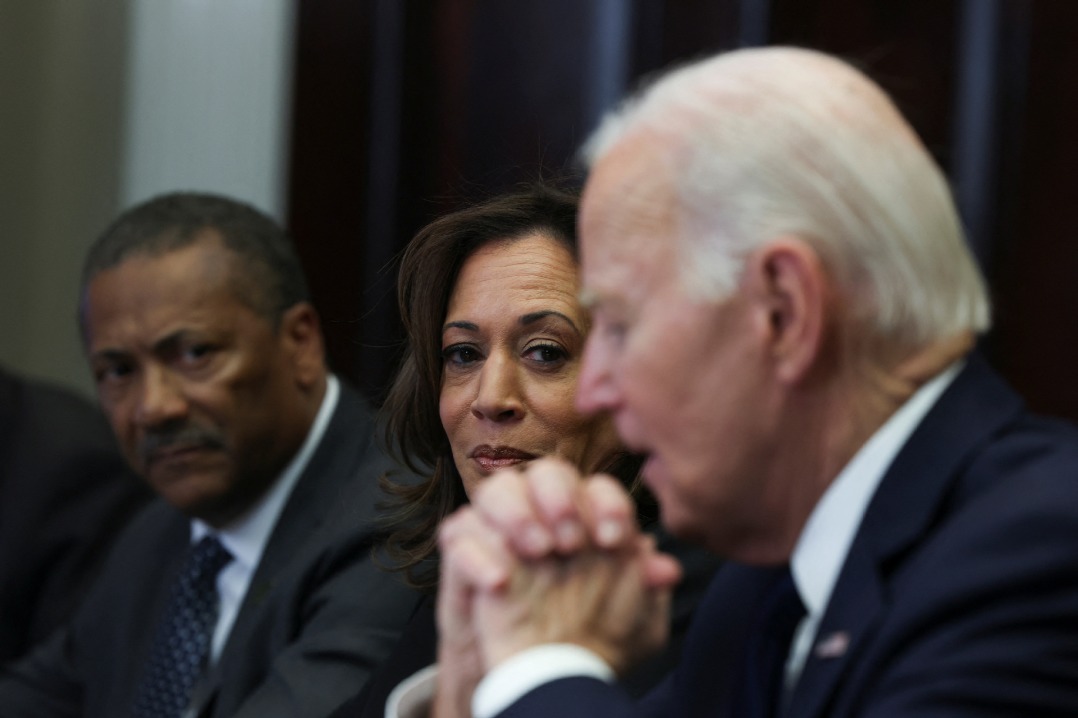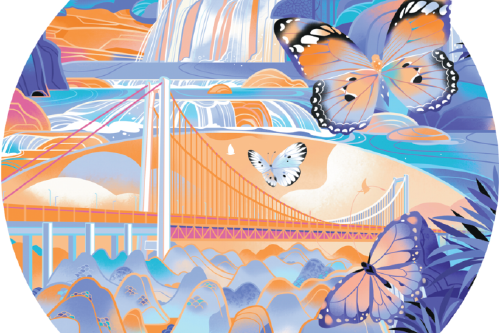UK banknote designs show future of money
By JULIAN SHEA in London | China Daily Global | Updated: 2024-02-28 09:45

Notes and coins featuring United Kingdom monarch King Charles III are the centerpiece of a new exhibition at London's Bank of England museum, called The Future of Money.
The notes are set to enter circulation on June 5, as ones featuring the late Queen Elizabeth II are gradually withdrawn.
"It's the first time in generations we've seen change on that side of the banknote, so for Britain it's very strange," museum curator Jennifer Adam told China Daily.
Although the notes, worth 5 pounds ($6.34), 10 pounds, 20 pounds, and 50 pounds, will retain their back designs, featuring former prime minister Winston Churchill, writer Jane Austen, artist JMW Turner, and computer pioneer Alan Turing, the front, featuring the king, will change.
"The big difference is the new portrait on the right-hand side, and the transparent security window — we'll become used to them, but there will be a novelty as we see a face we're not used to," she said.
Coins will also change, featuring images from nature, reflecting the king's passion for the environment.
The new designs come as hard currency use declines, with electronic payments becoming increasingly common.
"Money has changed so much recently, we thought it was time to reflect that in an exhibition, showing how we've gone from cash to digital payments," said Adam.
The exhibition takes in everything from a Roman gold bar that was buried underground for 1,600 years, to an example of the earliest paper money, made in China in the 11th century, and cryptocurrencies.
"The world's first paper money came from China, replacing heavy strings of coins that were increasingly impractical," she explained. "It was a real milestone in the creation of money, made from beaten mulberry tree bark, and we have one of those notes in our gallery."
In 2011, 55 percent of all payments in the UK were made in cash, but by 2022 the figure was 14 percent.
"Surveys show that one in five people prefer cash, so it's still hugely important, especially for 2.1 percent of population who don't have access to digital payment," Adam explained.
"Cash is very much here and we will continue to make notes as long as they are required."
As younger generations grow up with new attitudes, Adam admitted that the future of money may be very different to its present.
"It will be shaped by people growing up in a digital world, so it may be different to those of us who grew up playing with toy money, or cash-based traditions — look at how Chinese New Year red envelopes are now increasingly digital," Adam said.
"Traditions adapt as technology adapts, but there's something about a tangible object that means more than a digital beep."
The exhibition is built around questions people asked the bank, and Adam said she hoped it would enlighten, without instructing.
"I hope people will have the sense choice is important," she said. "We're not pushing people toward any one thing, it's about whatever method suits people best."
























